The cheeks go chalky. The nose flakes right where a mask rubs. And the moisturiser that felt fine in September suddenly feels thin as tea. The fix doesn’t have to be fancy or £££. There’s a humble, under-$50 tub that people can’t stop buying—more than **over 20,000 reviews** and counting—because it simply works when the weather doesn’t.
The bus heater fogged the windows, and everyone looked a little parched: tight smiles, tight skin, tight timelines. I could feel the cold doing that slow, sneaky thing where it wicks moisture away, leaving a faint sting around my mouth. In my bag was a squat white tub—the kind you don’t flaunt but somehow always finish. I rubbed a pea-sized amount between my hands and pressed it on while the glass still misted and the city blurred. It softened instantly, like a jumper for your face. In winter, the smallest rituals feel like rescue. I glanced around and wondered how many of us were quietly fighting the same battle. One tub kept popping up in conversations, in reviews, on vanities. There’s a reason it doesn’t stay in stock.
Why this under-$50 hero wins winter
Think of cold air, central heating and wind as a trio of moisture thieves. Skin loses water, the barrier frays, and suddenly your usual lotion stings or vanishes on contact. The under-$50 essential that keeps trending—CeraVe’s Moisturizing Cream—hits the problem where it starts. It’s fragrance-free, packed with ceramides and hyaluronic acid, and sits in that sweet spot: rich enough to protect, wearable enough for the daytime. We’ve all had that moment when your face feels like papier-mâché by lunchtime. This is the kind of cream that stops the spiral before it even begins.
Numbers don’t tell the whole story, but they nudge you to look closer. When a simple moisturiser racks up **under $50** pricing and more than **over 20,000 reviews**, it suggests consistency across different lives and climates. I first clocked it in a shared house with four bathrooms and exactly one “community cream” that never gathered dust. Then I saw it again backstage at a winter shoot: the makeup artist scooped it into little pots for models with windburned cheeks. A barista swore it saved the skin under her mask during long shifts. Different people, one tub, same sigh of relief.
Winter is a barrier game. Ceramides act like the mortar between your skin cells, which is why formulas with ceramide 1, 3 and 6-II feel instantly soothing when the air bites. Hyaluronic acid pulls in water while the brand’s MVE technology releases hydration slowly over the day. That’s not a “dewy glow” promise; it’s a “no more 3 p.m. face crackle” promise. Rich creams often sit on top like clingfilm, but this one sinks in without smothering, stacking nicely under SPF or makeup. The logic is simple: mend the barrier, trap the water, stop the micro-cracks. Skin stops shouting and gets on with its job.
How to use it like a pro in cold weather
Use it on damp skin. Not sopping, just lightly misted or fresh from cleansing. That’s when hyaluronic acid can anchor water, and the ceramides can lock it down. Warm a blob between your fingers until it softens, then press—not rub—across the cheeks, around the nose, and over the forehead. A second micro-dab on corners that crease (mouth, eyes) prevents those sneaky winter crinkles. If you’re out early, layer your SPF straight on top. The finish is comfortable, not shiny, so makeup won’t slide away.
At night, add a hydrating serum first if your skin skews Sahara. Glycerin or panthenol plays well here. Then seal with the cream while the bathroom still feels steamy. If your barrier is properly grumpy, try “moisture sandwiching”: mist, serum, cream, then the thinnest veil of petrolatum on your driest zones. Let’s be honest: nobody really does that every day. Keep it for deep-winter nights or after a long run in wind. Morning skin will look less red, less papery, more “I sleep eight hours” even if you don’t.
“Great skincare is 10% product and 90% timing—put the right thing on at the right moment and winter stops feeling like a fight.”
- Apply on slightly damp skin to boost hydration pull.
- Press, don’t over-rub—protects a fragile barrier.
- Spot-treat flaky patches with a second tiny layer.
- Pair with SPF 30+ every morning, even when it’s grey.
- Patch test if you’re using actives like retinoids or acids.
The bigger picture for your skin and wallet
There’s a quiet luxury in a product that just… works. No perfume cloud, no glittering jar, no big claims—only skin that feels calm when the forecast doesn’t. For students juggling radiators and radiance, for parents who share a bathroom shelf, for runners on icy mornings, it’s that dependable tub you reach for without thinking. It’s also a way to simplify: one cream that does barrier repair so your other steps can stay minimal. You can rotate trendy serums as you please and keep a steady base. It’s skincare that respects your time and your bills.
| Point clé | Détail | Intérêt pour le lecteur |
|---|---|---|
| Ceramide-rich formula | Reinforces the barrier with ceramide 1, 3, 6-II and time-release hydration (MVE) | Fewer dry patches, less redness, longer comfort on cold days |
| Budget-friendly | Reliable tub under $50 available in multiple sizes | Strong winter performance without splurging on luxury creams |
| Plays well with others | Fragrance-free, layers under SPF and makeup, compatible with retinoids | Builds a simple, effective routine with minimal faff |
FAQ :
- Can I use CeraVe Moisturizing Cream on my face and body?Yes. It’s formulated for both, so one tub can live by the sink and do double duty from cheeks to ankles.
- Is it good for acne-prone or oily skin in winter?Often, yes. It’s non-comedogenic and sinks in cleanly. Start with a thin layer at night and adjust to how your skin feels.
- Will it clash with retinol, vitamin C, or acids?No. Use actives first on dry skin, then layer the cream to buffer irritation and support the barrier.
- How much should I use?About a pea-sized amount for the face, more for neck and chest. Add a tiny extra dab to flaky areas instead of piling on everywhere.
- Does it leave a greasy finish?It’s rich but not oily. Warm it between fingers and press it in; it dries down to a soft, comfortable finish.

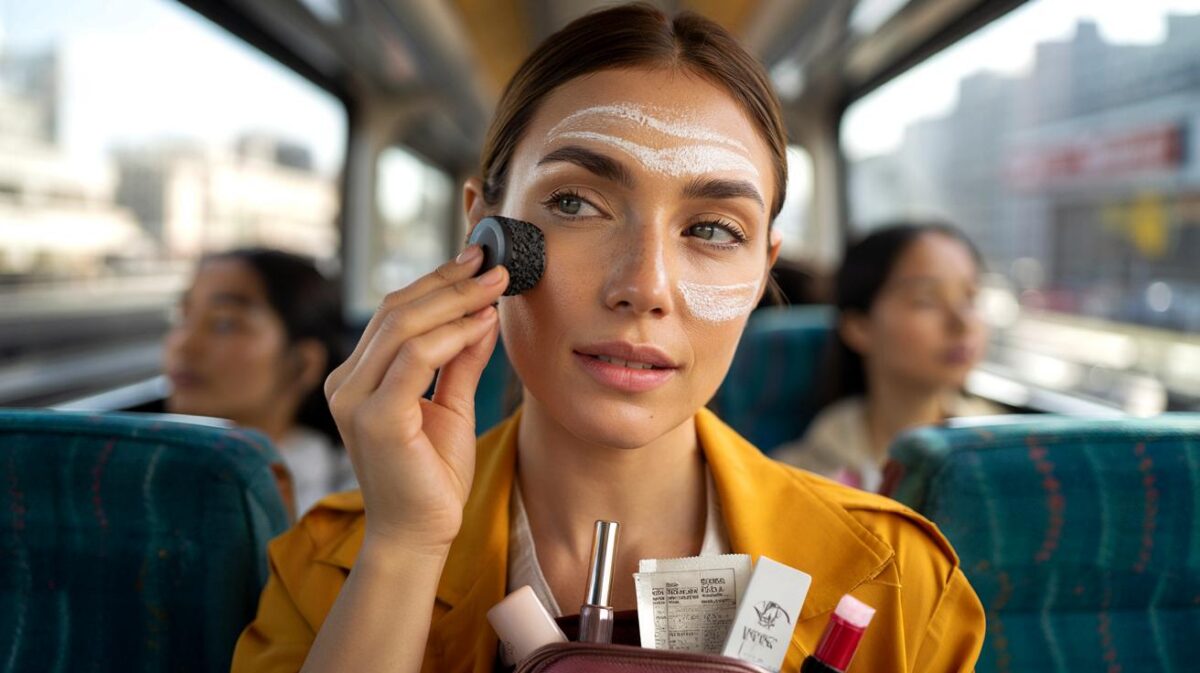
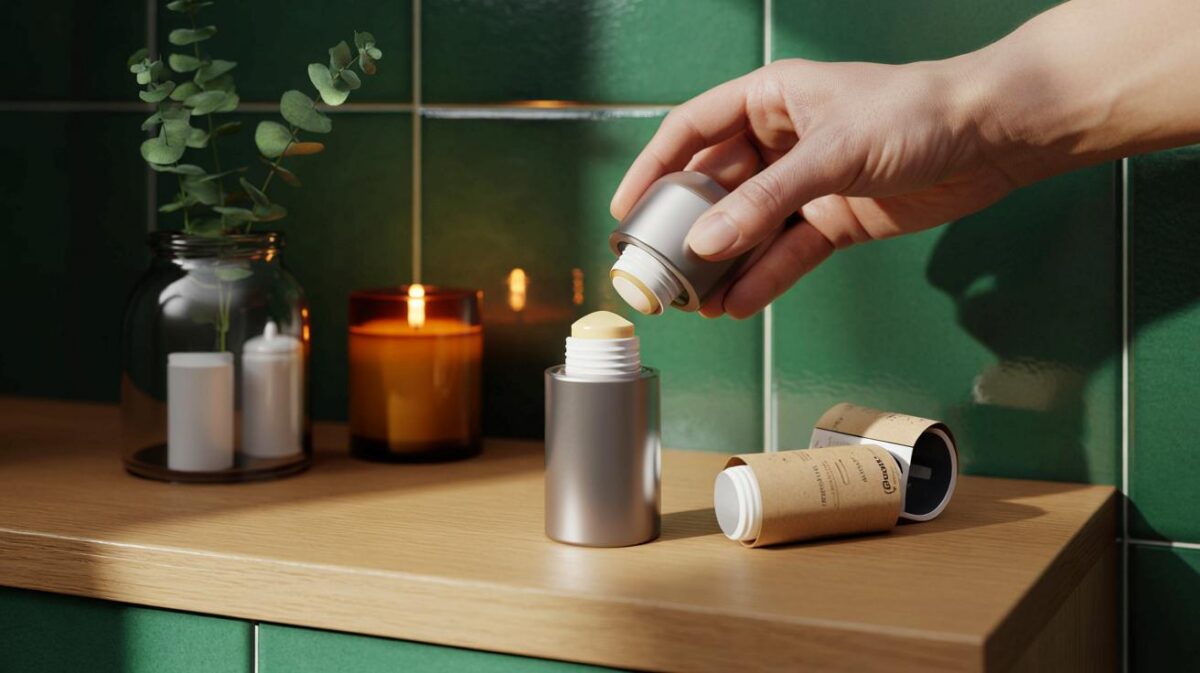



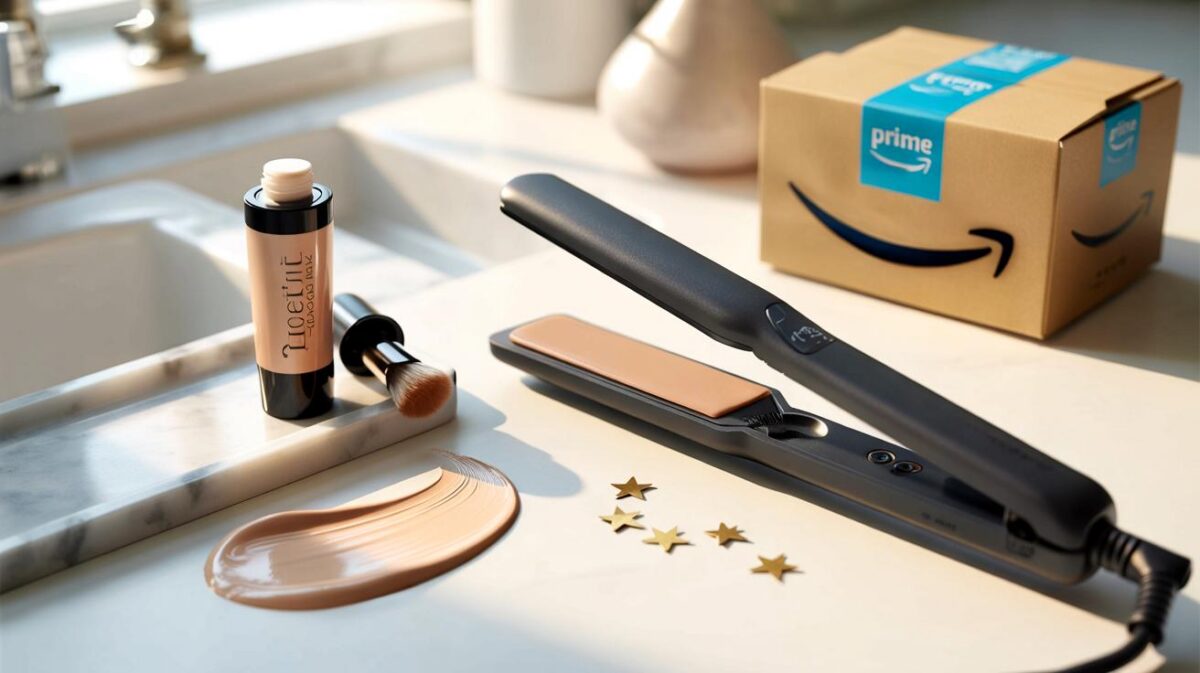
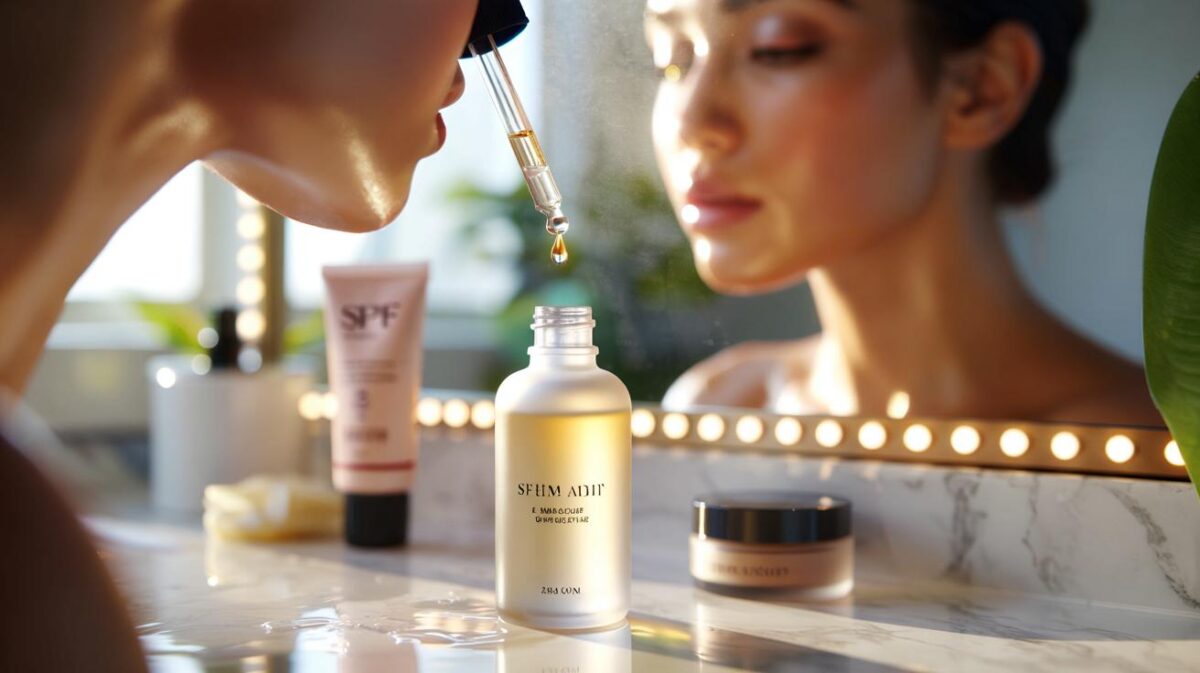
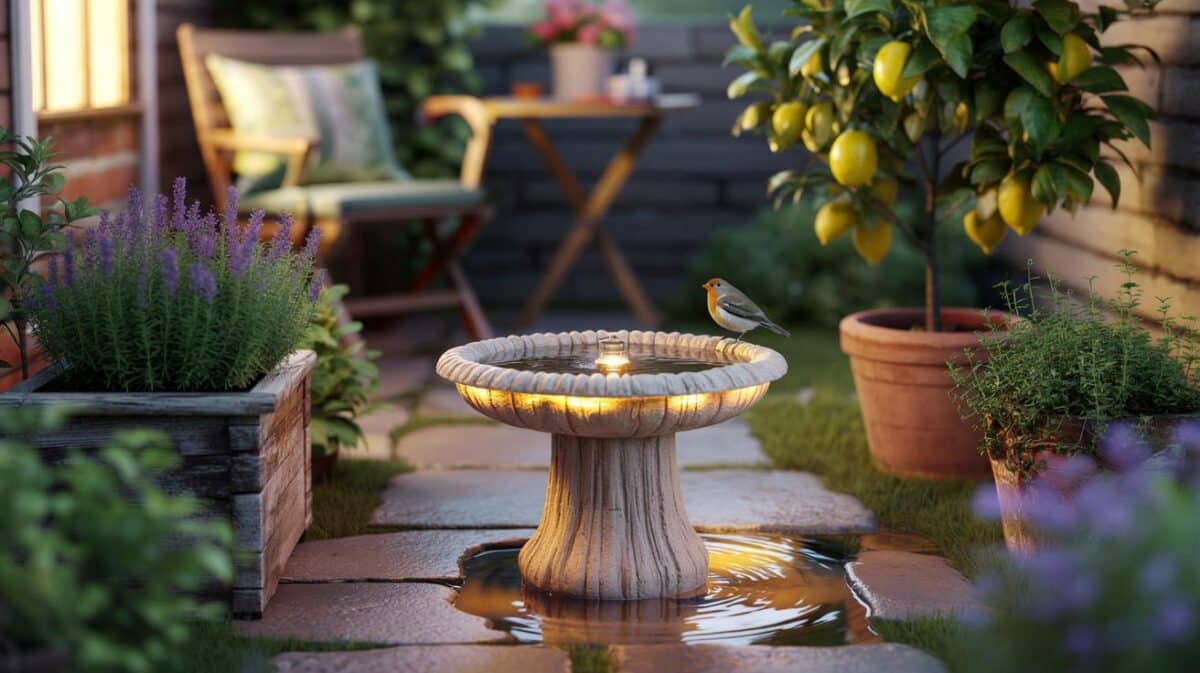
This stuff saved my cheeks during a ski trip — no perfume cloud, just calm skin. Not fancy, but defnitely effective. The “press, don’t rub” tip was a game-changer.
20K reviews is impressive, but is it actually different from a basic petrolatum ointment? Anyone compare it to Aquaphor or a cheap glycerin cream on truly dry, flaky skin?